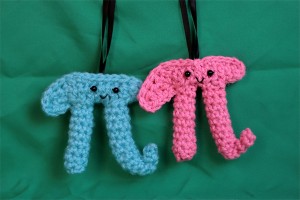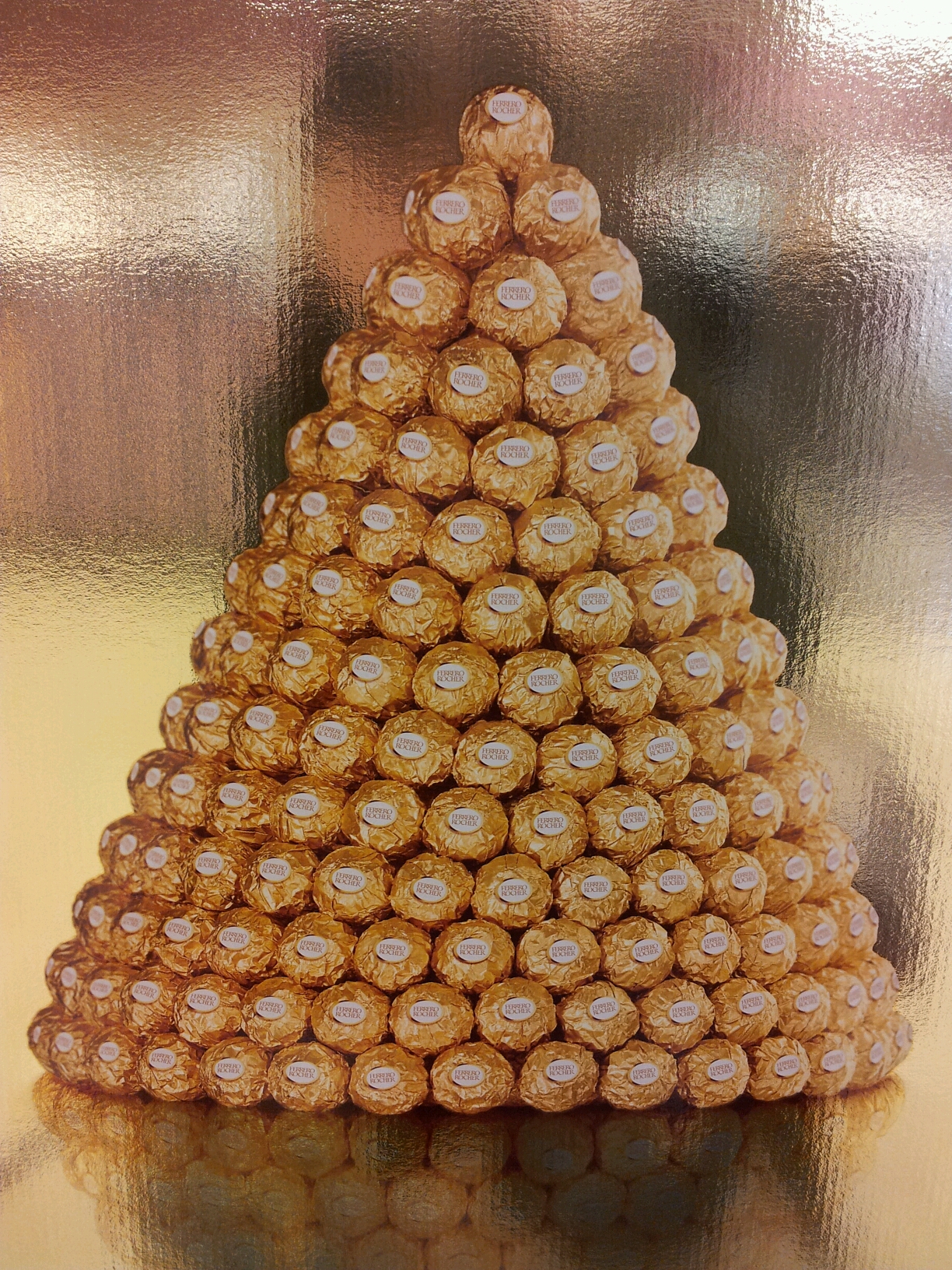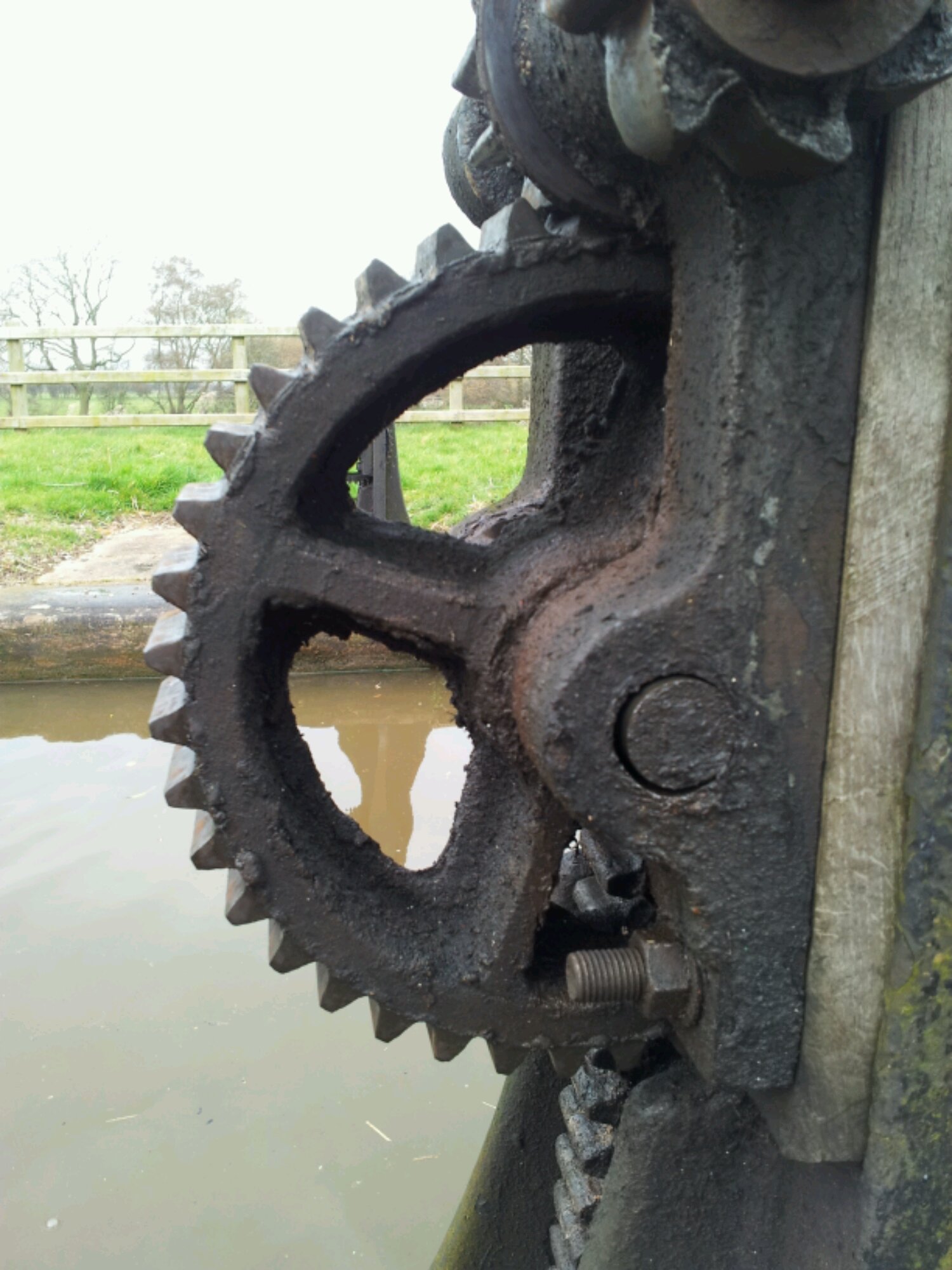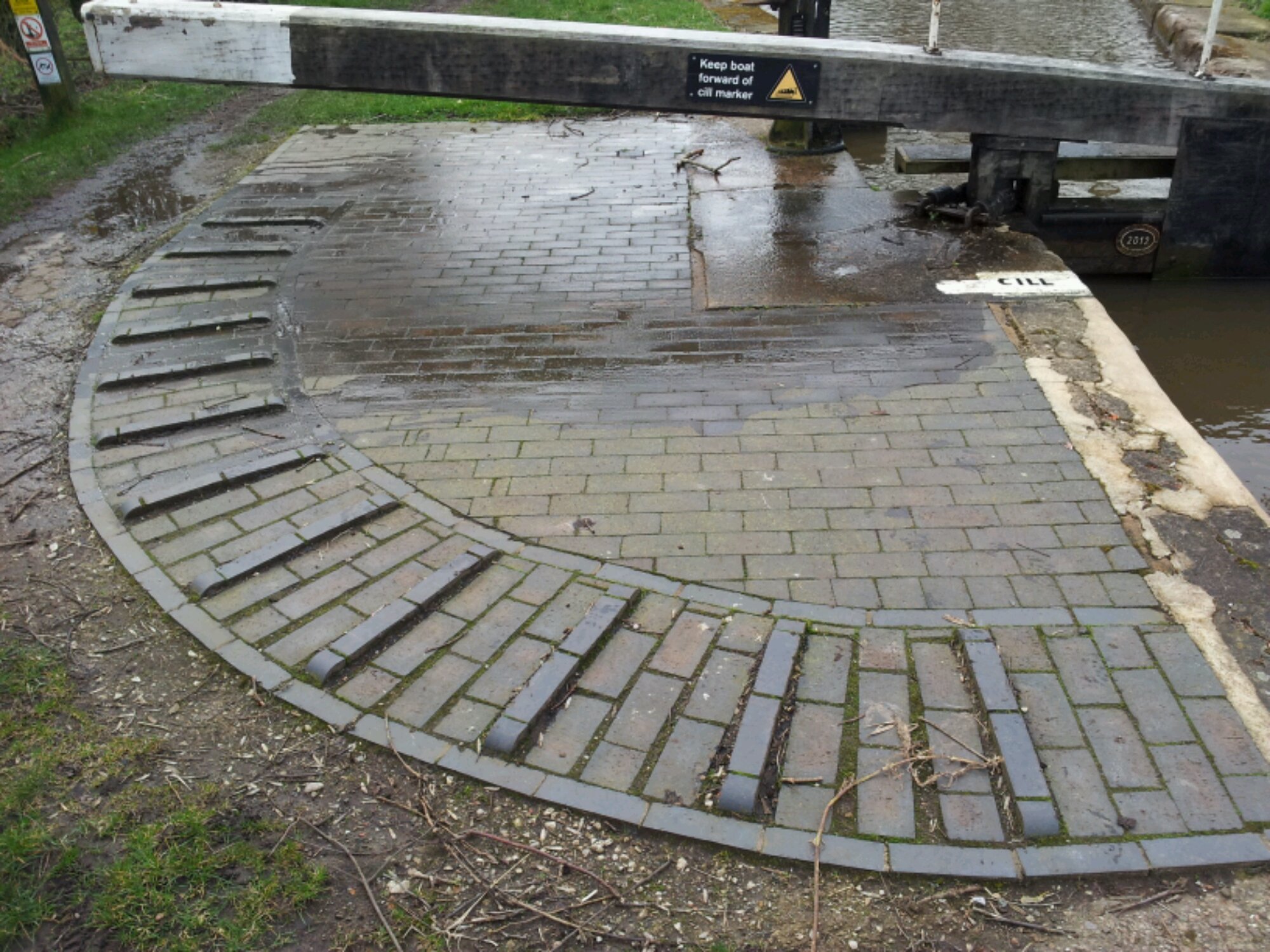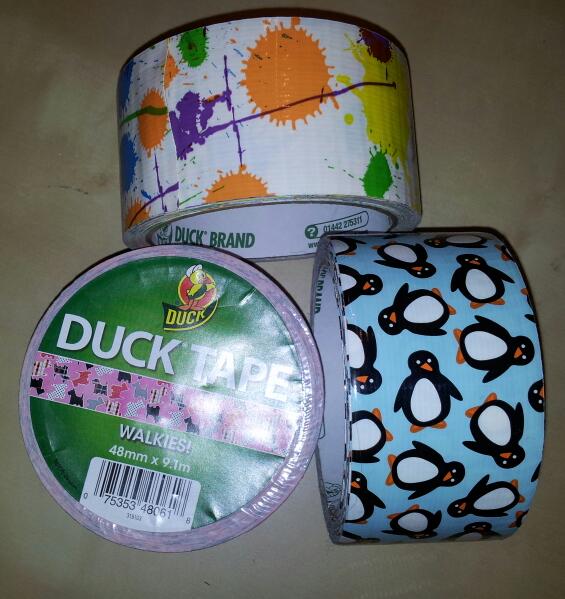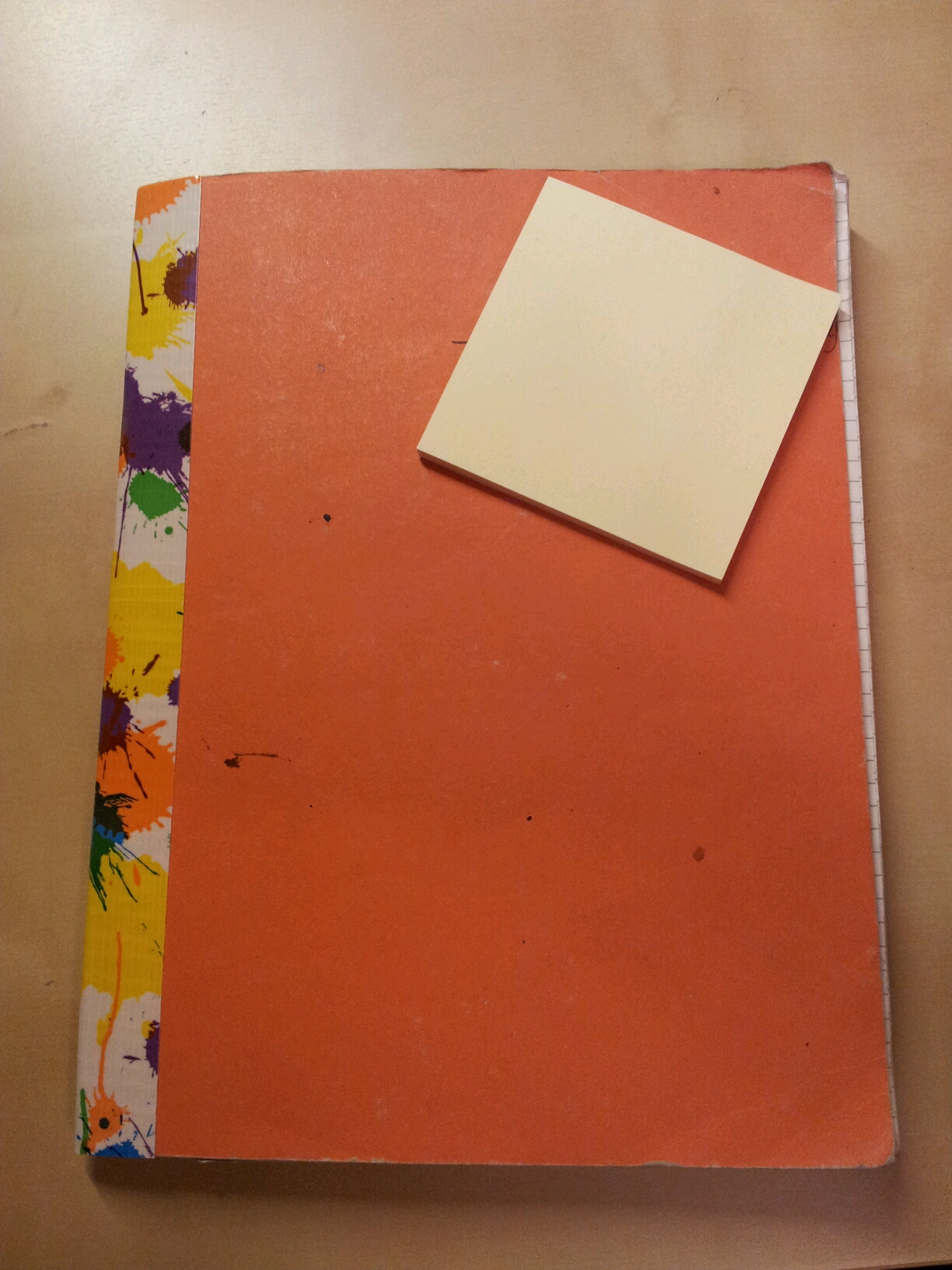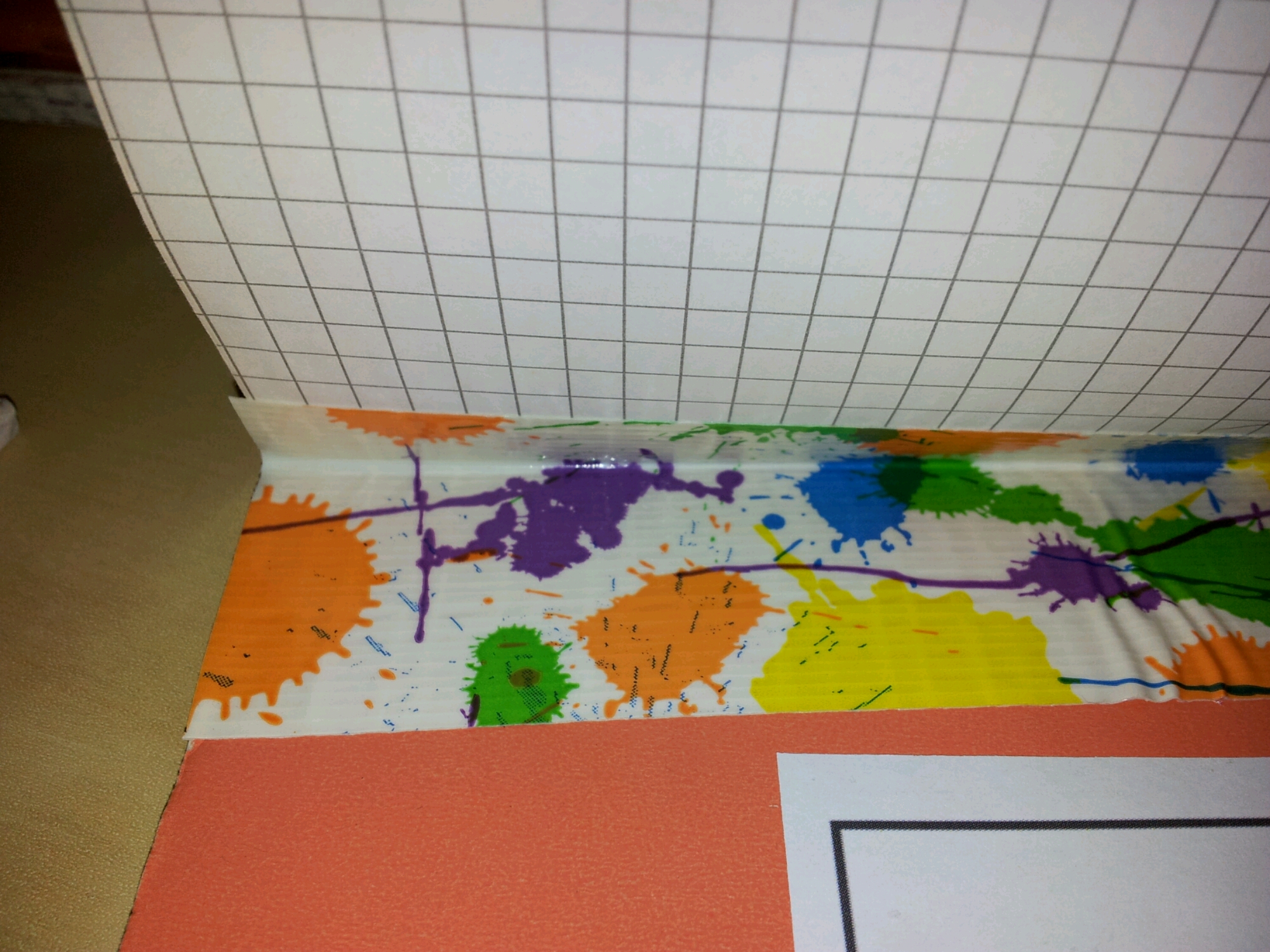Welcome back to the Sandpit! Hope you’ve had a good Summer!
It seems a shame not to keep that summer vibe going, so I thought I’d go back to an old post and reinvent it for a village fete, ‘Great British Bake Off‘, barbeque with friends feeling.
Back in post ’54. Space Saving Displays’(April 2013) I gave an instructional on how to make and use mathematical bunting. Over the summer some great teachers have shared how they are decorating their classrooms with their own twist on old fashioned bunting. I suggest you visit:
Just Maths @Just_Maths
Ideasfortheclassroom @missradders
Today’s post will give you three suggestions:
- Pupil orientated, maths or pastoral
- Ready made
- Teacher made, with downloadable templates and flags, with an emphasis on multiculturalism
So here we go:
1. Hands across the room
Equipment
- Paper/card
- Pens
- Scissors
- String/treasury tags
(a) On a sheet of A4 card, get pupils to draw around their hand open and closed:
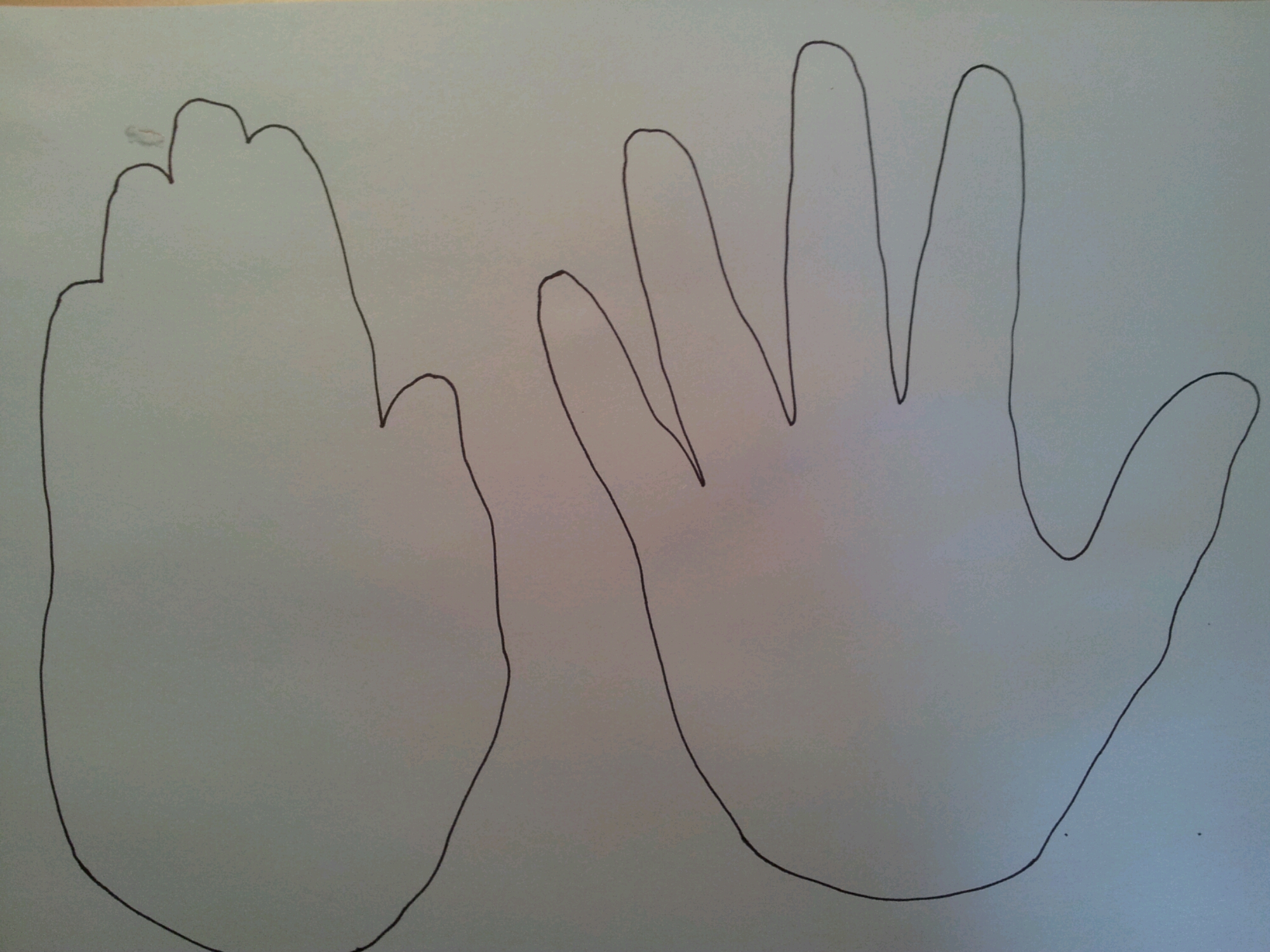
(b) Cut out the hands – if you turn them over you won’t see the outlines:
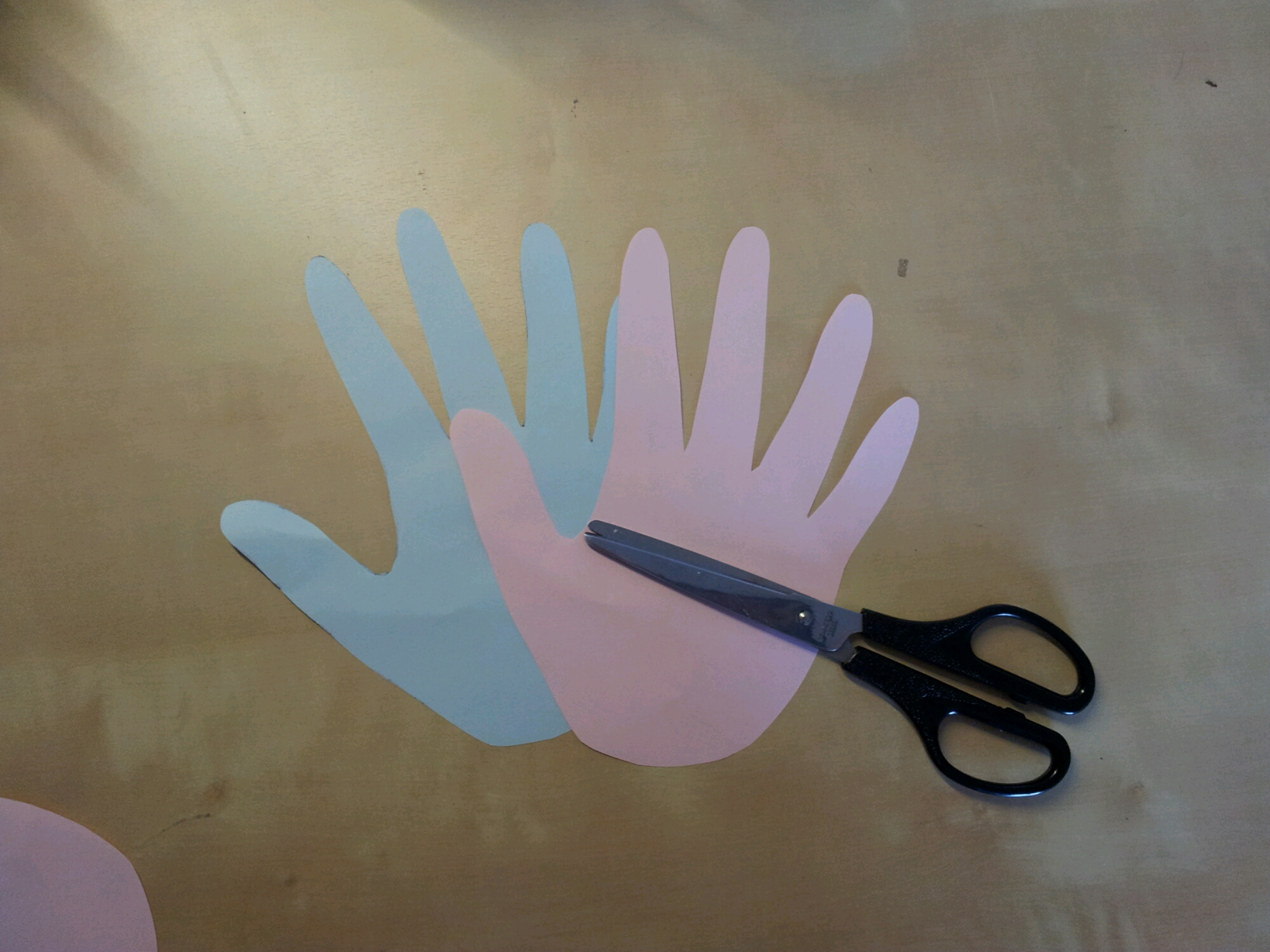
(c) You could get the class to use different colours to make it more cheerful. Don’t these look a bit like wings?
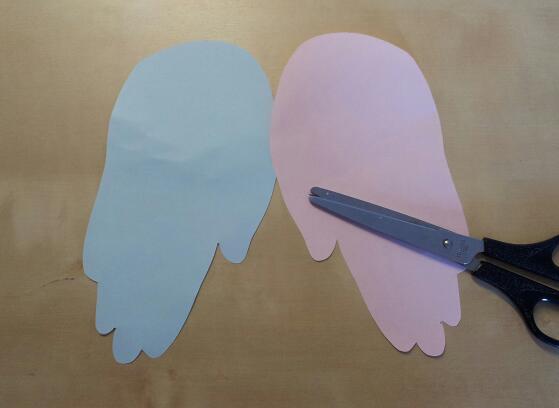
(d) The open hands represent a bad habit or trait that students would like to get rid of (or do less). By having the hands downwards the habit is falling out of their hands. Pastorally you could guide students to targets that are appropriate academically or socially. Mathematically these could be study habits or misconceptions. As you can see from the photograph below, it can be tricky getting the wording right – the most important thing is your student understands what they mean.
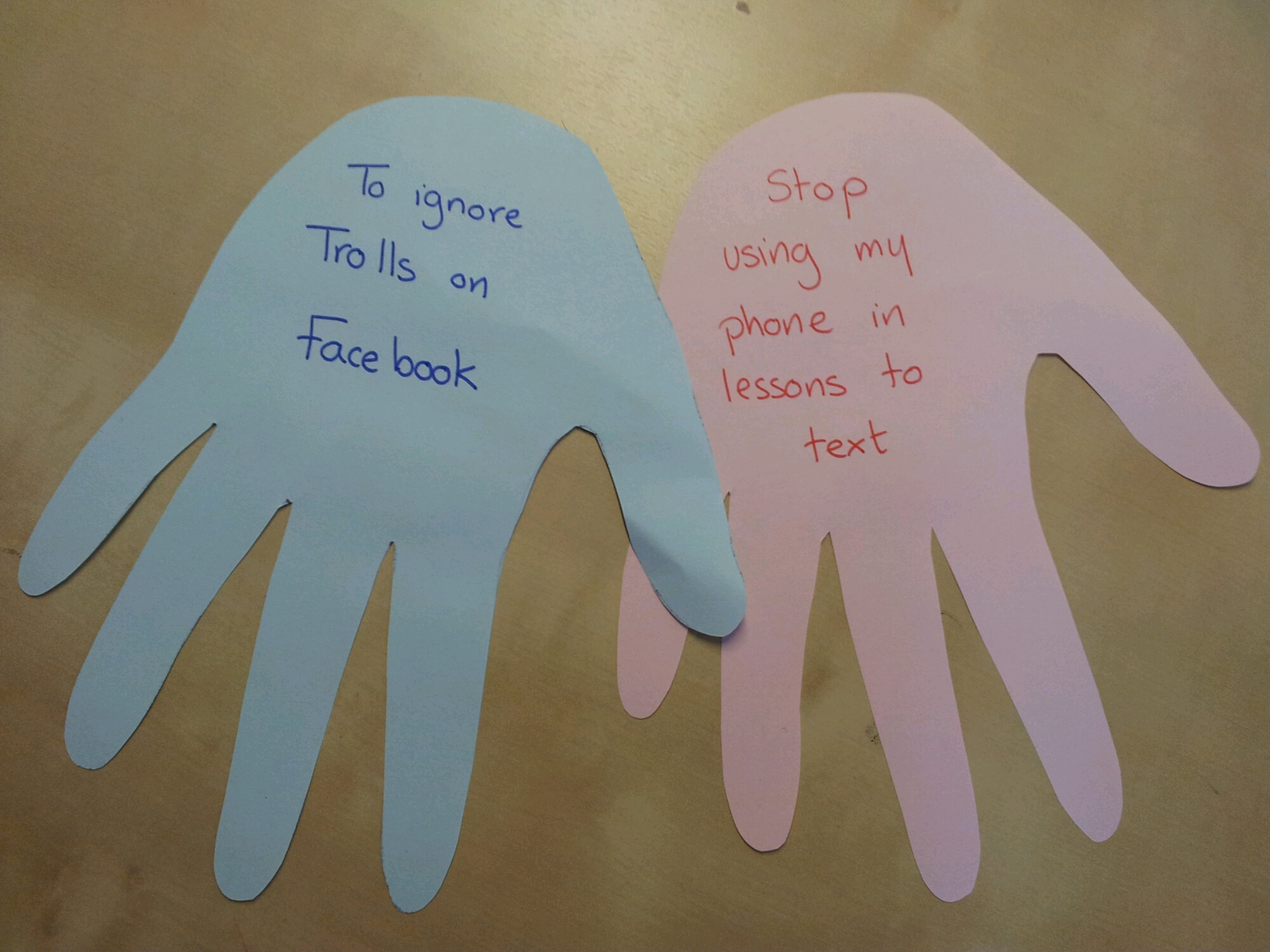
(e) As mentioned before, the closed hands when paired correctly look like wings. These are for their positive aspirations and goals. A bit cheesy, but you are letting their dreams have wings! If you have time, students could decorate these flags – they can focus on the positive, not the negative. A few years ago, one of my students did this across two hands and reworded the aspiration as ‘These are the hands of an International Rugby player!’ – a big target for a 14 year old, but by the time he left school he was on the County Rugby team, so who knows …
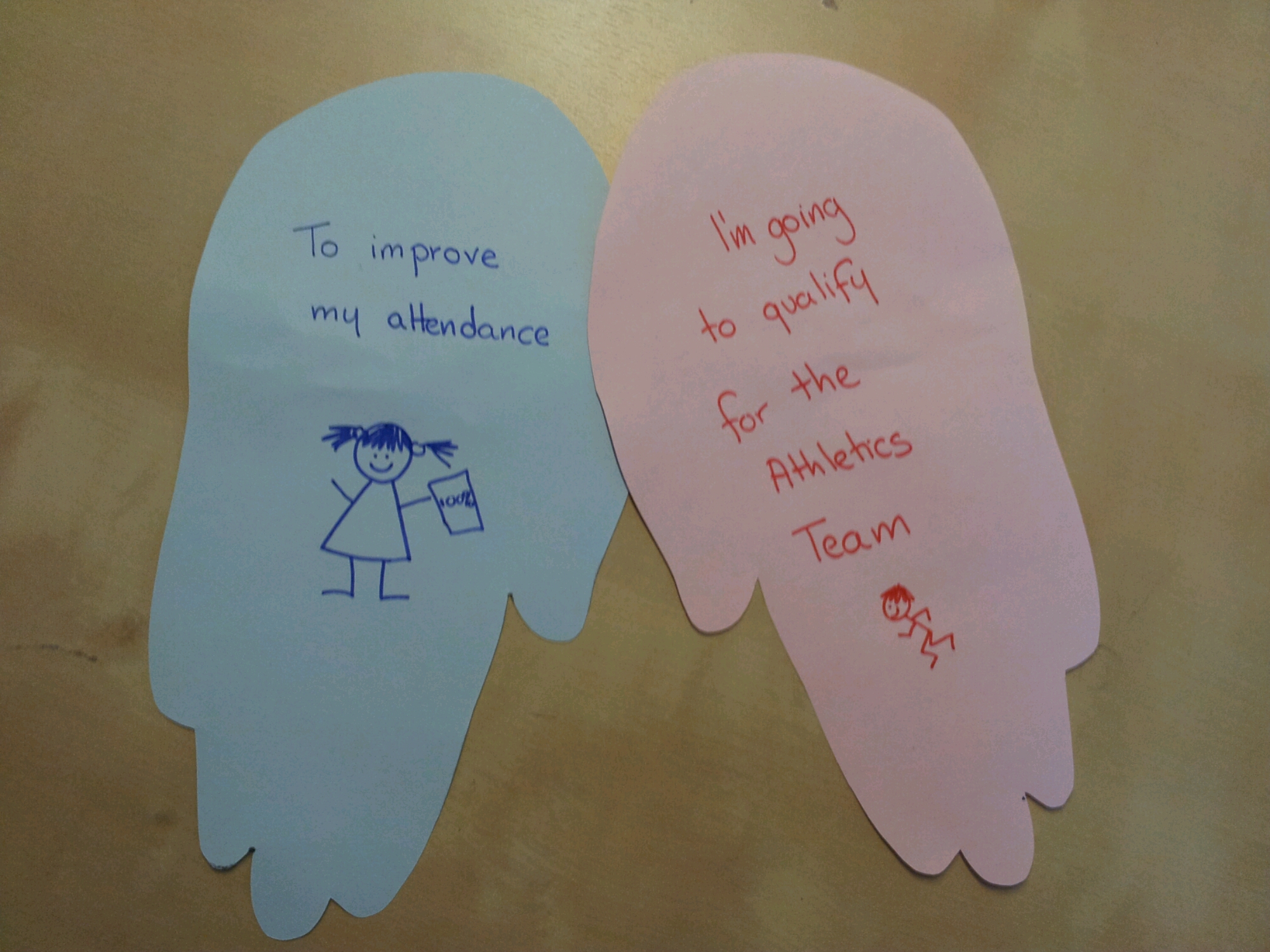
(f) Finally string these up around your room. They won’t get in the way of your existing displays and you can reference them throughout the year.
(g) I was also thinking of taking this idea to a pastoral Year meeting and getting all the tutor teachers to do this activity and then hang them in our line manager’s office!
2. Ready made bunting
I happened across the bunting kit in my local Hobbycraft – it usually retails for £2 and includes 25 flags and the string. The link takes you to the relevant page of their website. Similar products are available online from other craft retailers and Amazon.
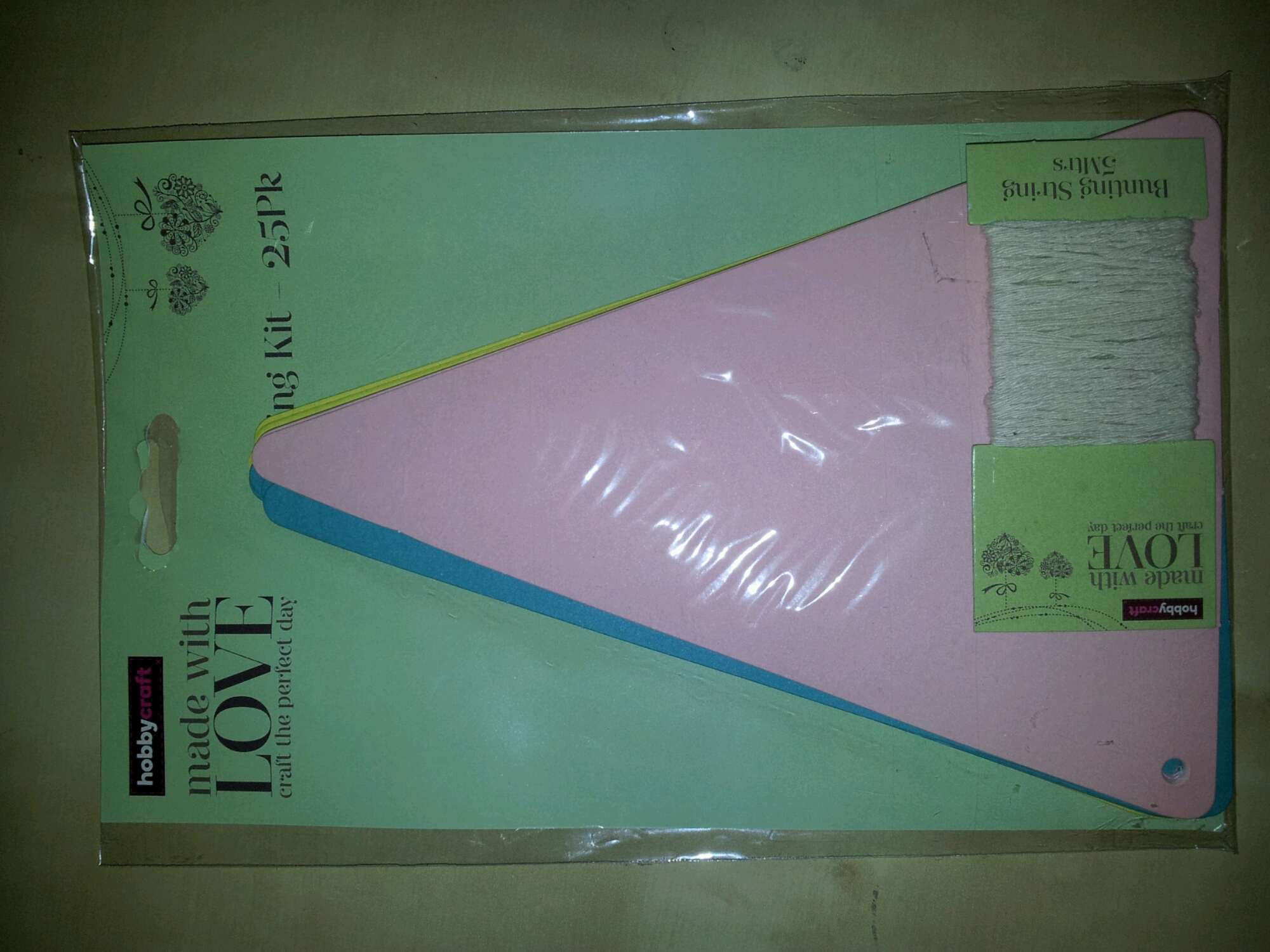
So if time is tight or you are a little wary of trusting an interesting class with a practical activity this could be a good alternative. You could put bad habits on one side and aspirations on the other.
3. Teacher made
This bunting demonstrates the beauty (and mathematics) in art from other cultures. The examples come from many cultures including Islam, Buddhism and Christianity and places such as Uzbekistan, Jaipur and Barcelona.
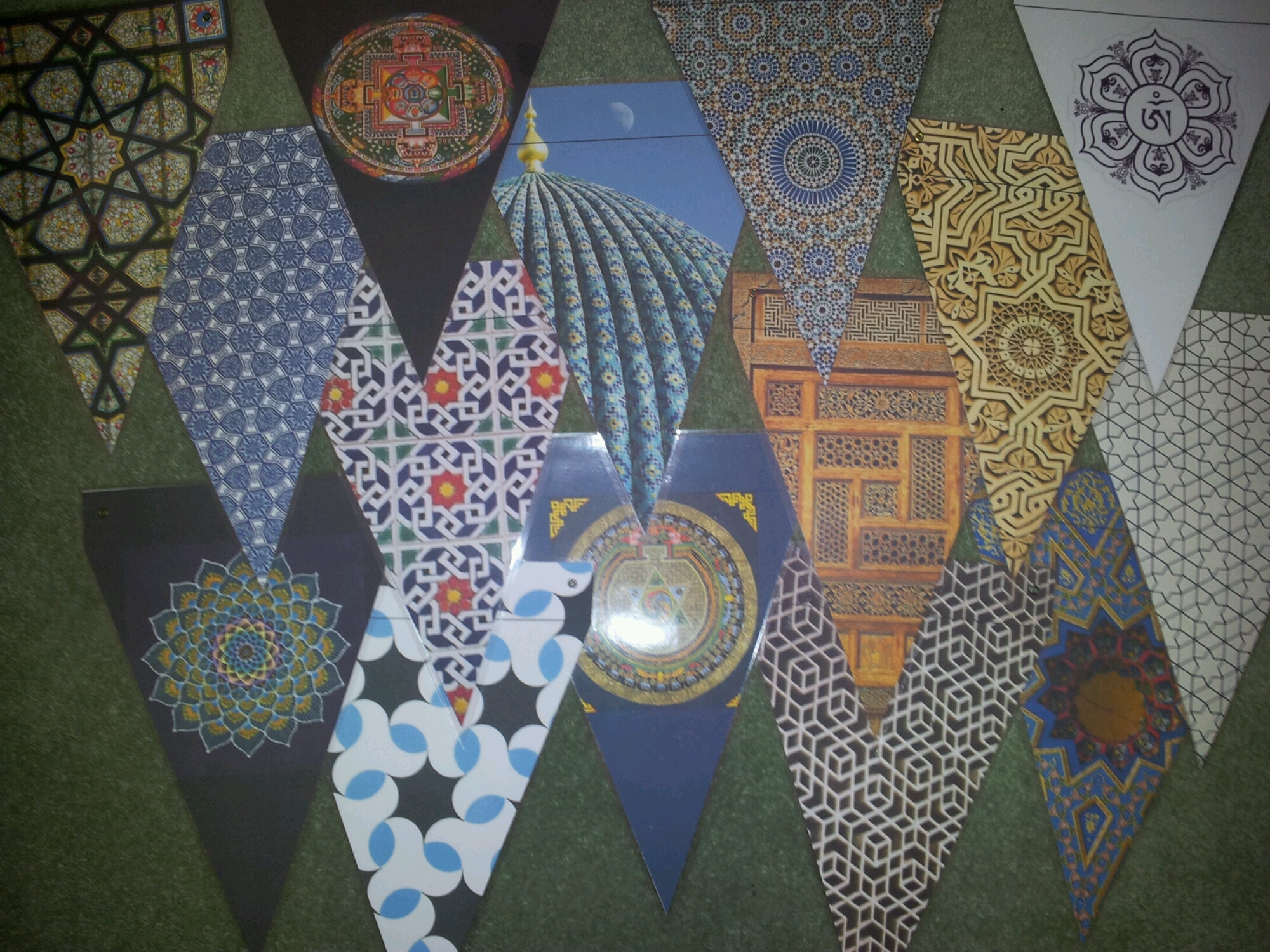
The flags are available to download here:
Multicultural bunting (pdf)
Details:
- Page 1 gives you a blank template
- Pages 2-16 are images with cutting templates on – they show you the original uncropped images.
- Pages 17-18 are the image credits, should you wish to use them.
I printed out my flags onto light card, then laminated them. For added durability I put metal eyelets in the corners (see below). This is by no means essential, but if you are interested in card making or scrap-booking, you may well have some of them in your craft drawer.
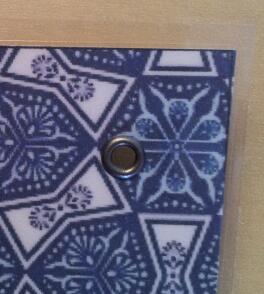
Have a great back to school!
Like this:
Like Loading...

